Areca palm
The Areca Palm, also known as the Butterfly Palm or Dypsis lutescens, is a popular tropical plant admired for its graceful appearance and air-purifying qualities. With its feathery fronds and elegant growth habit, the Areca Palm is a versatile choice for indoor and outdoor settings.
Origin and Taxonomy:
The Areca Palm is native to Madagascar and is a member of the Arecaceae family. Its scientific name, Dypsis lutescens, reflects its botanical classification. It is commonly called the Butterfly Palm due to its delicate and arching fronds, resembling butterfly wings.
Growth Habits:
Areca Palms are characterized by their clustering habit, forming multiple slender trunks that grow from a single base. The trunks are topped with graceful, feather-shaped fronds that give the plant its distinct tropical appearance. The Areca Palm can reach 6 to 10 feet (1.8 to 3 meters) in ideal conditions.
Leaf Characteristics:
The leaves of the Areca Palm are pinnate, meaning they are composed of multiple leaflets arranged on either side of the central leaf stem. The leaflets are long, narrow, and vibrant green, lending an elegant and tropical vibe to the plant.
Light Requirements:
Areca Palms thrive in bright, indirect light. They prefer filtered or partial shade, as direct sunlight can scorch their leaves. Placing them near a window with a sheer curtain or in a location with bright, indirect light is ideal.
Watering Needs:
Maintaining appropriate soil moisture is crucial for the health of Areca Palms. They prefer slightly moist soil but are sensitive to overwatering, which can lead to root rot. Allow the top inch of soil to dry out between waterings, and ensure good drainage to prevent waterlogging.
Soil Requirements:
Areca Palms prefer well-draining soil that retains moisture without becoming waterlogged. A mixture of peat moss, perlite, and sand is suitable for promoting adequate drainage while providing the necessary moisture retention.
Temperature and Humidity:
These palms thrive in warm temperatures ranging from 65°F to 75°F (18°C to 24°C). They can tolerate slightly higher or lower temperatures but should be protected from drafts and extreme temperature fluctuations. Areca Palms appreciate moderate humidity levels and benefit from regular misting or placement near a humidifier.
Pruning and Maintenance:
Regular pruning is essential to maintain the shape and health of Areca Palms. Remove any brown or yellowing fronds and any dead or damaged growth. Trimming the lower fronds can help maintain a tidy appearance and encourage vertical growth.
Propagation:
Propagation of Areca Palms can be challenging, as they are primarily propagated through seeds. However, it’s important to note that seed germination can be slow and unpredictable. Collect ripe seeds and plant them in a well-draining potting mix. Keep the soil consistently moist and provide warm temperatures for successful germination.
Potential Pests and Diseases:
Areca Palms are generally resistant to most pests and diseases. However, they occasionally attract mealybugs, spider mites, or scale insects. Inspect the plant for any signs of infestation, and treat it accordingly with natural or chemical pest control methods.
The Palms are one of the top air-purifying plants that help filter harmful toxins and gases such as benzene, formaldehyde and trichloroethylene from the air, making it more fresh and breathable. They can help boost your mood, reduce stress and relieve dryness by raising the humidity in your rooms.
According to Feng Shui, Areca palm plant is considered lucky. It pushes out negative energy and brings wealth, peace, and prosperity to your home, attracting positivity.
With its graceful fronds and tropical charm, the Areca Palm is a delightful addition to any indoor or outdoor space. Remember to provide them with the right amount of light, water, and humidity, and enjoy the beauty and benefits they bring to your surroundings.
Things to know about Areca palm
Common (vernacular) Name
एरिका पाम (Hindi), Areca Palm, Golden Cane Palm, Yellow Palm, Butterfly Palm, Bamboo Palm and many more.
Botanical Name
Dypsis lutescens
Origin
Islands of Madagascar
Family
Araceae
Plant Type
Tropical plant
Plant Features
Ornamental / Evergreen / Exotic
Life Cycle
Perennial
Landscape Uses
Container Planting and Houseplants.
Species
Areca abdulrahmanii, Areca ahmadii, Areca andersonii, Areca gandamatu, Areca arundinacea, Areca brachypoda, Areca caliso, Areca camarinensis, Areca catechu, Areca celebica, Areca chaiana, Areca concinna, Areca congesta, Areca costulata, Areca dayung, Areca furcata, Areca glandiformis, Areca guppyana, Areca gurita, Areca hutchinsoniana, Areca insignis, Areca ipot, Areca jobiensis, Areca jugahpunya, Areca kinabaluensis, Areca klingkangensis, Areca laosensis, Areca ledermanniana, Areca macrocalyx, Areca macrocarpa, Areca minuta, Areca montana, Areca multifida, Areca nannospadix, Areca nigasolu, Areca novohibernica, Areca oxycarpa, Areca parens, Areca rechingeriana, Areca rheophytica, Areca ridleyana, Areca rostrata, Areca salomonensis, Areca subacaulis, Areca torulo, Areca triandra, Areca tunku, Areca vestiaria, Areca vidaliana, Areca warburgiana and Areca whitfordii.
Varieties
It comes with few different varieties in a diversity of leaves. Some famous verities are available in exotic variegation, such as Parlor Palm, Chinese Fan Palm, Areca Palm, Cat Palm, Ponytail Palm, Majestic Palm, Bamboo Palm, Kentia Palm, Lady Palm, Fishtail Palm, Sentry Palm, Pygmy Date Palm, European Fan Palm.
Size
Height : Tall 4-5 feet Indoors and 15-30 feet Outdoors and Width : 3-5 feet Indoors and 5-15 feet Outdoors wide when mature.
Indoors or Outdoors
Outdoors : The Areca Palm grows naturally in right amount of light to thrive as outdoors.
Indoors : Excellent plant grow in bright light or indirect light. Best indoor plants for beginners.
Blooming / Flowering
During late spring or early summer as outdoor.
Flower Colour
It’s come with a pale yellow colour.
Lucky Plant
According to Feng Shui, It brings wealth, peace, and prosperity to the house, pushing out negative energy, and attracting positivity.
Lighting / Sun Exposure
Bright, filtered sunlight, but they also can tolerate full sun.
Temperature
Grow best preferably warm temperature between 15°C to 25°C.
Growth Rate
Areca Palm is a moderate grower plant.
Watering
Moderate watering, the soil needs to be moist but not soggy. Not tolerate overwatering it may cause root damage and yellowing of the leaves.
Fertilizer
Slow-release fertilizer, or a water-soluble liquid fertilizer once or twice in the growing season (Spring through Summer).
i.e. - Compost, Manure, NPK 8-2-12, 15-5-15 or 12-4-8 fertilizer, liquid organic fertilizer etc.
Pruning
Pruning of Areca palm not much is needed. However, trimming away only dry or dead leaves as necessary.
Propagation
Seeds : The best time to sow your Areca Palm seeds is in the end of Winter / early Spring.
Stem Cuttings : N/A
Division : Division of Areca Palm can be done in Rainy season, or better in February to March to cut an offshoot from the plant.
Dormancy Period
Month : November to February (winter season)
Shed their leaves and show poor growth, Watering minimally.
Avoid : Propagate, Fertilize and Repotting.
Container
Ceramic Pot, Plastic Pot, Terracotta or Clay Pot is preferred, which ensures good drainage as well as water holding capacity.
Soil Type
A well-drained porous, loose, and contains peat moss or sand potting soil is recommended for rich nutrients and aeration. Prevent soggy potting medium.
Our recommendation for potting mix : Equal part mixture of Garden Soil (25%) + Compost (25%) + River Sand (25%) + Cocopeat (25%). You can substitute Pine bark, Vermicompost, Perlite etc.
Soil pH
Slightly Acidic soil - Ideally 6.1 to 6.5 pH (potential of hydrogen) is recommended for Areca Palm.
Repotting
Areca Palm prefer to be a pot bound. It is advisable to repot the Areca Palm once every 2 to 3 years preferably spring or warm season.
Maintenance
Low maintenance and easy to grow.
Properties
No part of the plant, steams or leaves are Toxic or Poisonous to both humans and pets upon ingestion.
Benefits
Excellent indoor air purifier. It purifies indoor air by removing harmful chemicals like toluene and xylene.
Special Features
Doesn't attract hummingbirds and pollinators like butterflies and bees or wasps.
Infestation / Pests
Whiteflies, Scale insects, Thrips, Mealy bugs, Spider mites and Caterpillars etc.
Diseases / Problem
Physiological Problem : Fluoride toxicity, Leaf chlorosis, Chlorotic-necrotic spotting and Excess soluble salts.
Bacterial Problem : Fusarium Wilt and Bud rot.
Fungal Problems : Helminthosporium leaf spot, Root rots and Sclerotinia blight .
Some Glimpse of Areca palm

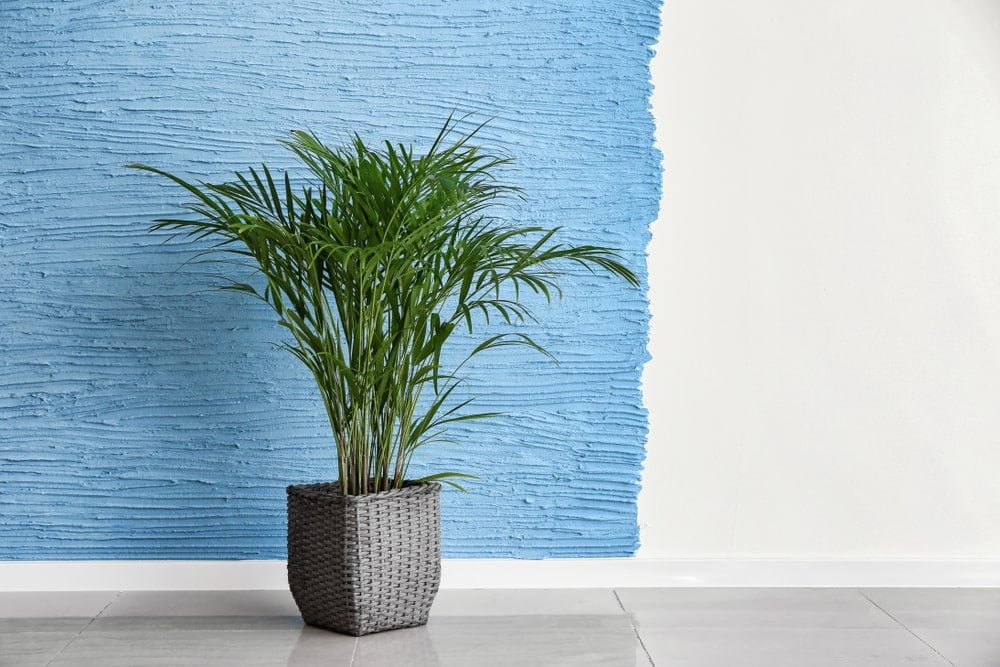
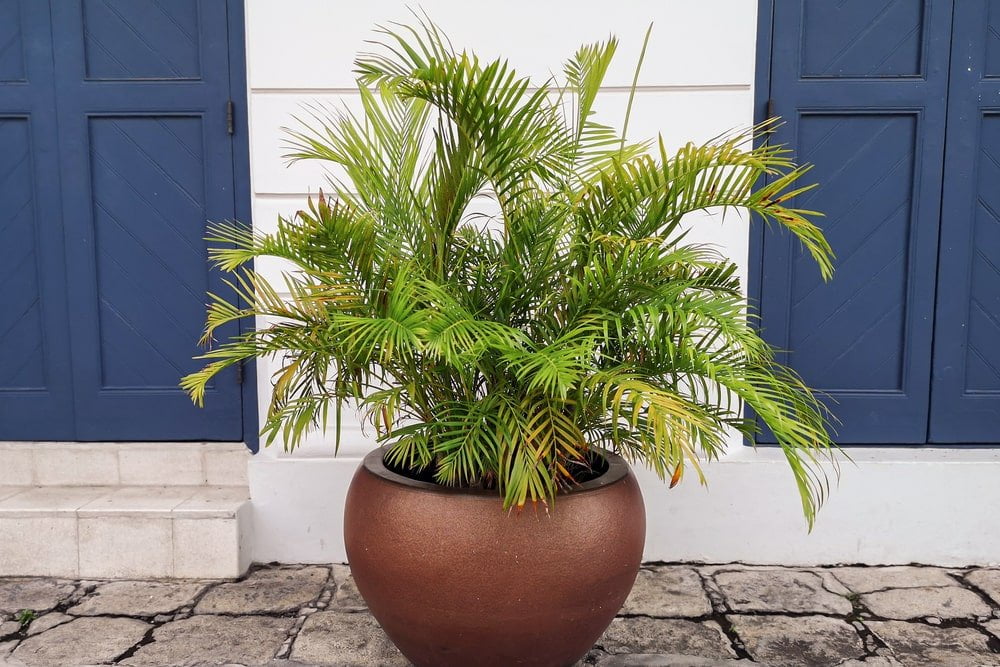
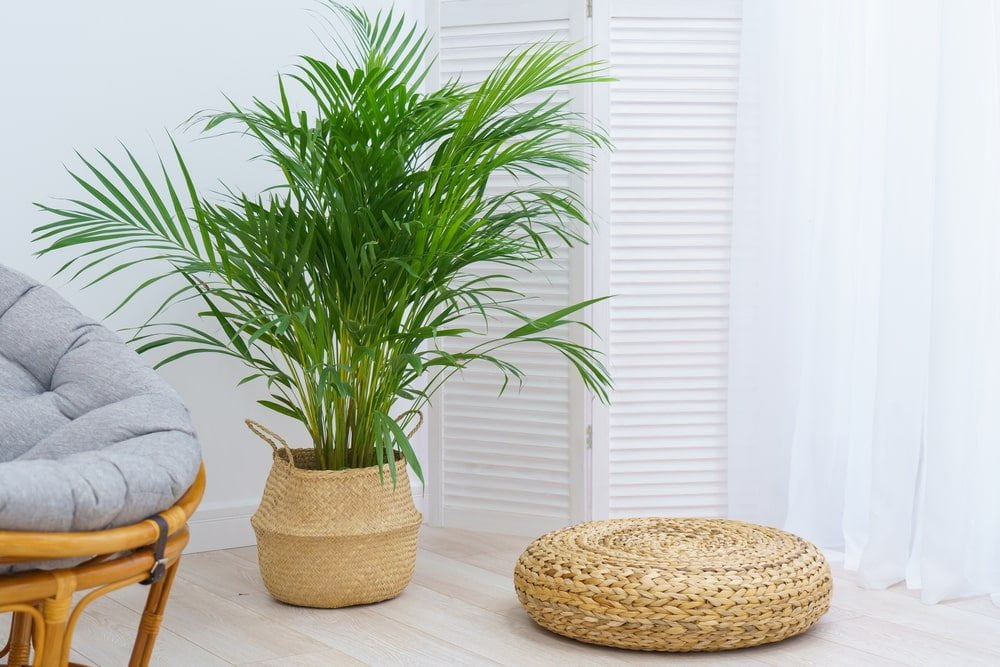

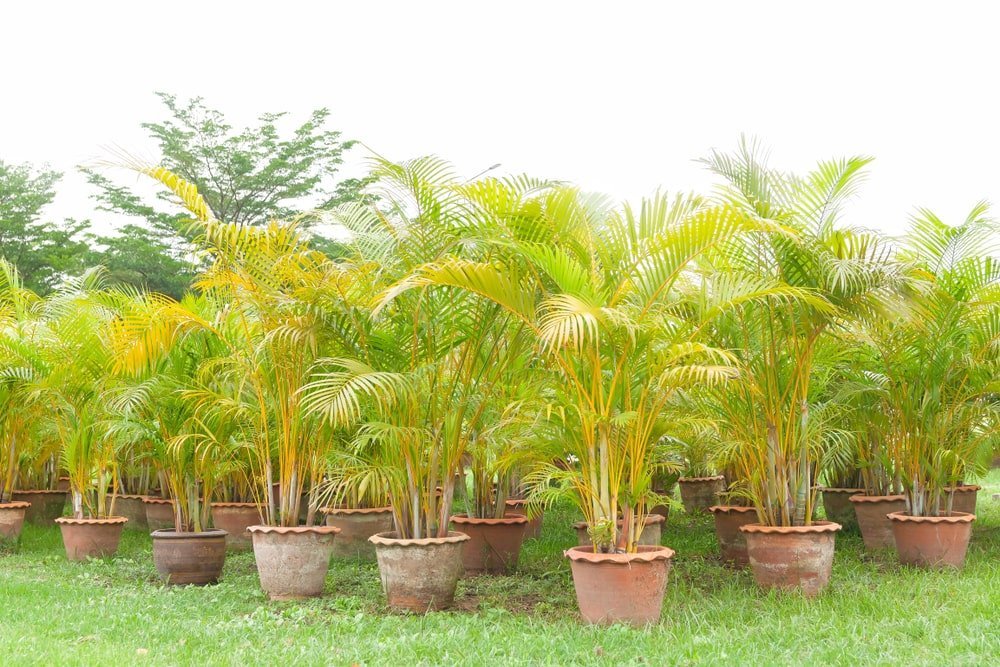
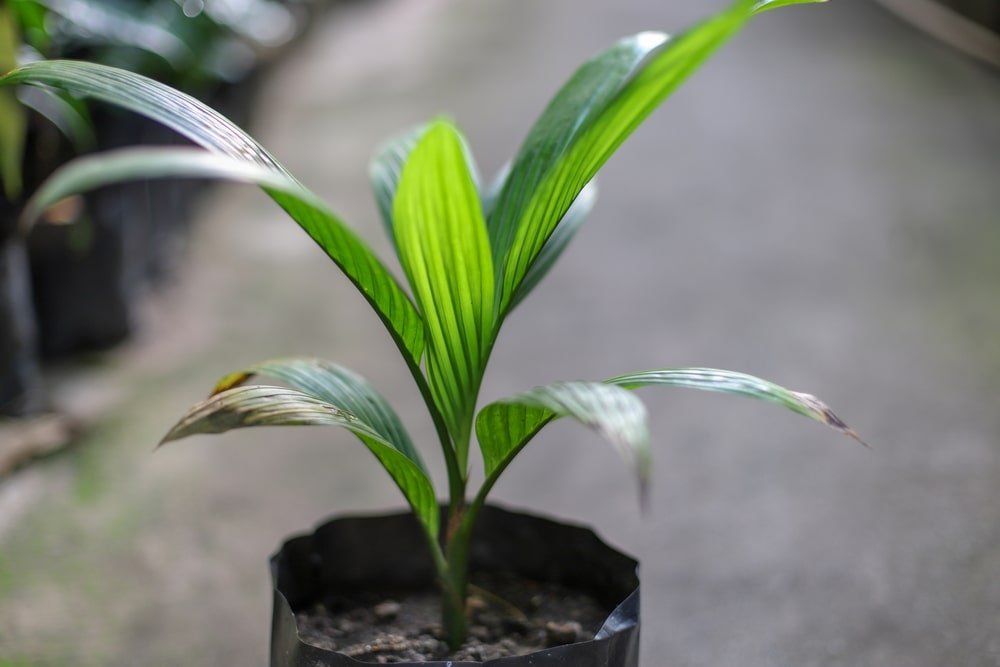


No comment